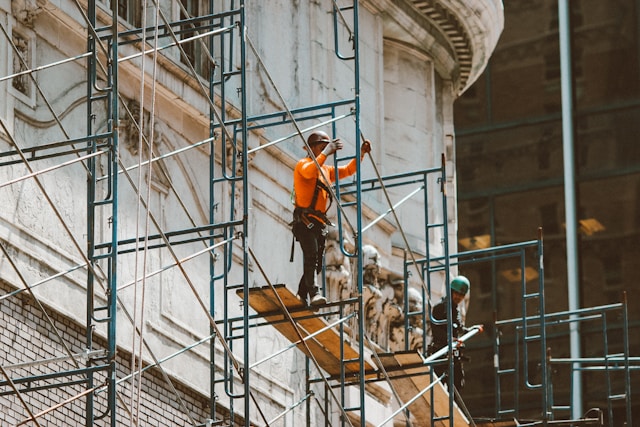Stairlifts are a game-changer for those struggling with mobility issues or for seniors wishing to maintain their independence at home. However, the process of installing and using a stairlift can be a little daunting for some. That’s why we’ve put together this handy guide. In this blog post, we’ll be revealing 7 essential tips that will make the installation and use of home stairlifts a breeze, providing comfort, convenience, and safety in your everyday life. Buckle up, and let’s ascend to knowledge!
Safety Features
When it comes to installing and using a stairlift, safety should always be your top priority. Most modern stairlifts come equipped with various safety features that ensure a smooth and secure ride for the user. The team behind StiltzLifts says you should make sure to carefully read the user manual to understand all the safety features of your particular model. Some common features include seatbelts, swivel seats, and pressure-sensitive sensors that stop the lift if there’s an obstruction on the stairs. Familiarize yourself with these features, and always use them to ensure a safe ride.
Professional Installation
Investing in professional installation for your stairlift is not only a smart decision, but it puts your safety first. A professionally installed stairlift ensures that all the components are correctly fitted and tested, taking into consideration the unique characteristics of your staircase. Furthermore, professionals can provide personalized advice regarding the optimal use and maintenance of your machine. Improper installation can lead to a host of problems, including frequent malfunctions or, worse, accidents.
Regular Maintenance
Regular maintenance is paramount to securing the longevity and smooth operation of your stairlift. Much like a car, your stairlift is a mechanical device that requires frequent checks and servicing to ensure it’s operating at its best. This can range from cleaning and lubricating the tracks to more complex tasks such as checking the battery and electrical systems. Some maintenance tasks can be done by the user following the manufacturer’s instructions, but it’s always advisable to arrange for an annual service by a professional. This will help to spot any potential issues early on and prevent them from escalating into bigger, costlier problems.
User Training and Familiarization
Post-installation of the stairlift, it is crucial to spend time becoming familiar with its operation. Take advantage of the training provided by the installation technicians or the user manual. Learn how to safely get on and off the stairlift, operate the controls, and understand what to do in case of an emergency stop.
Knowing how to use your stairlift correctly will not only make your rides more comfortable but also prevent misuse that can lead to unnecessary wear and tear. Like any mechanical device, improper or forced operations could damage the device and cause premature malfunction. Correct usage starts with proper training and familiarization. The more comfortable you are with your stairlift, the more confidently and safely you can use it.
Emergency Preparedness
In the unlikely event of a stairlift malfunction or power outage, being prepared is crucial. Most stairlifts are equipped with a battery backup system that kicks in when the power goes out, ensuring you’re not stranded midway. Make sure you understand how this feature works and test it regularly to ensure its readiness for emergencies. Additionally, keep a phone within reach when using the stairlift, so that you can call for help if needed. Familiarize yourself with the stairlift’s manual override feature, which allows you to manually control the lift in case of a system failure.
Compliance with Local Regulations
Adhering to local regulations and standards is a crucial aspect of installing and using a stairlift. Regulatory compliance ensures the safety and accessibility of the stairlift, guaranteeing that it meets the minimum required safety standards set by your local or national regulatory body. It’s essential to check with the stairlift manufacturer or installation provider about the relevant standards that the product complies with. In some areas, installation of a home stairlift may require a permit or inspection by a local building or safety authority. Always ensure your stairlift installation meets all local codes and regulations to ensure maximum safety and avoid potential legal issues.
Customization Options
Customizing your stairlift to suit your home environment and personal needs can dramatically enhance your user experience. Many stairlift companies offer a range of customization options that allow you to select features and designs that align with your preferences and requirements.
For instance, you might choose a particular color or fabric to match your home decor or select a specific seat style for additional comfort. Furthermore, if your staircase has unique features, like curves or landings, customized track layouts can ensure a perfect fit. It’s also worth considering additional options like a powered swivel seat or a fold-away feature for saving space when the stairlift is not in use.
In conclusion, following these essential tips will not only make the installation and use of your home stairlift smooth and hassle-free but also ensure your safety and comfort. Remember, investing in a stairlift is an investment in your independence and quality of life, so take the time to familiarize yourself with it and enjoy the freedom it provides.







